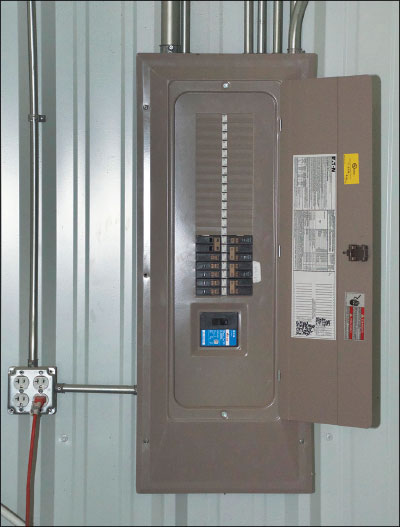Greetings everyone! I've got an inspector mis-interpreting the feeder tap rules in 705.12, and am looking for some advice on how to (politely) convince him he's incorrect. Unfortunately, everything I send him, he just keeps digging his heels in.
We've performed a completely legal feeder tap: 80A OCPD on the solar, tapped into a 200A feeder, between the 200A main OCPD, and the 200A main breaker panel.
He failed the final, claiming - get this - that 705.12(B)(2) limits a feeder tap to 125% of the feeder ampacity! So according to him, you can never tap more than 50A of solar into a 200A feeder, regardless of whether there's an OCPD on the load side of the tap to protect it.
We all know that 705.12(B)(2) is solely focused on sizing the tap conductors of additional power sources, but he just doesn't get it, and won't listen. Unfortunately, he's the senior inspector in the department.
I may have to take this all the way to the state (as if I have time for that nonsense), so I'm reaching out to ask if anyone has any resources they can share that would help me clarify this to him (other than Mike's Guide of course).
Thanks!
We've performed a completely legal feeder tap: 80A OCPD on the solar, tapped into a 200A feeder, between the 200A main OCPD, and the 200A main breaker panel.
He failed the final, claiming - get this - that 705.12(B)(2) limits a feeder tap to 125% of the feeder ampacity! So according to him, you can never tap more than 50A of solar into a 200A feeder, regardless of whether there's an OCPD on the load side of the tap to protect it.
We all know that 705.12(B)(2) is solely focused on sizing the tap conductors of additional power sources, but he just doesn't get it, and won't listen. Unfortunately, he's the senior inspector in the department.
I may have to take this all the way to the state (as if I have time for that nonsense), so I'm reaching out to ask if anyone has any resources they can share that would help me clarify this to him (other than Mike's Guide of course).
Thanks!


